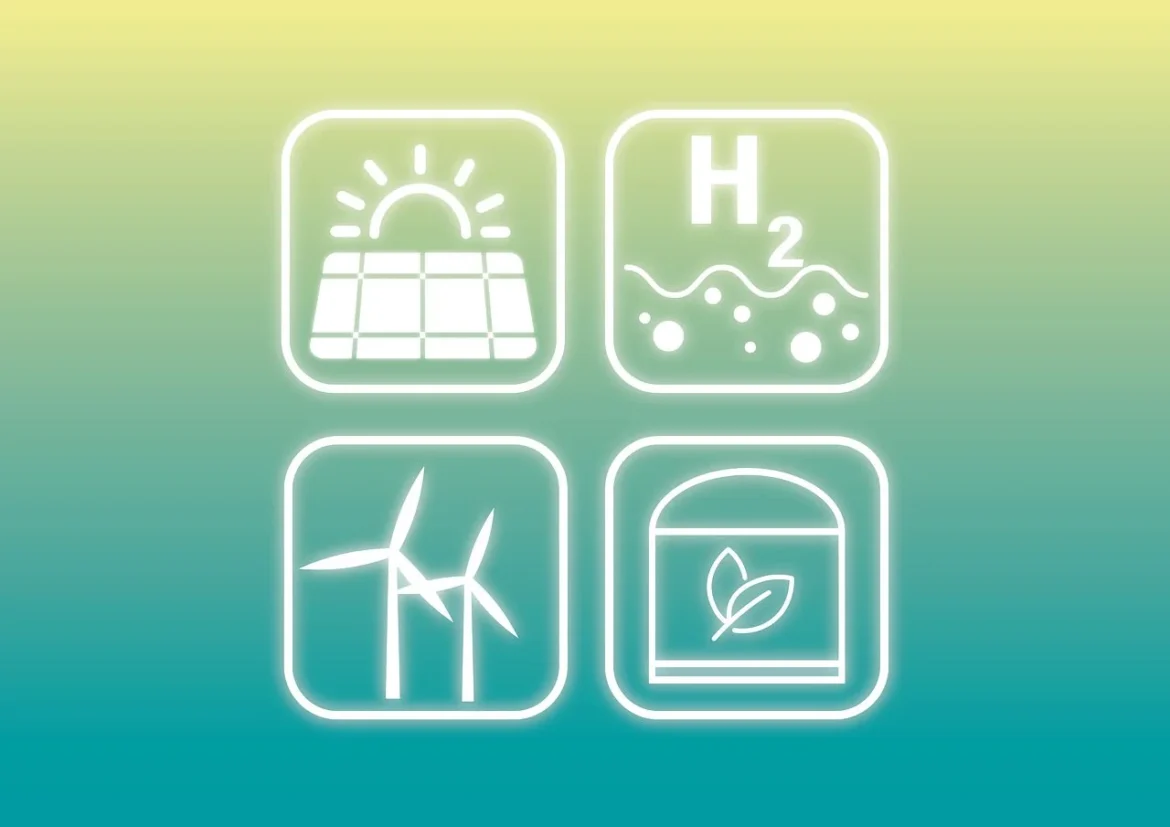Driven by a combination of governmental targets and corporate mandates, the era of energy innovation and diversification is indisputably here, and with it, extensive resources poured into either mitigating CO2 emissions or developing new ways to generate clean energy without passing on costs to the end user. To date, in compliance with the Paris Agreement, 110 countries have committed to a net zero emissions target by 2050; however, with a ‘no one-size-fits-all’ solution for clean energy generation or storage, the majority of nations are still in the early stages of striking a balance between meeting demand, while demonstrating tangible results.
As a region most prominently known for its hydrocarbon economy, the MENA has had a challenging course to navigate between maintaining consumption and exports while transitioning to cleaner sources. Through major projects such as the UAE’s Mohammed bin Rashid Al Maktoum Solar Park, the world’s largest single-site solar energy project and Egypt’s Benban Solar Park, the region has meaningfully increased its renewable energy capacity by 12.8 per cent year-on-year in 2022. However, with challenges such as intermittency and variability, energy storage, low efficiency and high initial costs, solar still has a long way to go before being able to meet current and future demand.
A prominent baseload source of low-carbon energy is nuclear; and this is now emerging in the region with the United Arab Emirates having newly commissioned power plants, Egypt anticipated to bring its El Dabaa facility online in the next 5 years, and Saudi Arabia progressing with its plans to build a large-scale nuclear power plant facility as part of its energy diversification agenda.
Oil and natural gas remain the most prevalent sources of energy throughout the region; however, it is the development of hydrogen that will likely be one of the region’s most promising catalyst towards a sustainable future.
As a versatile energy carrier, hydrogen is already used ubiquitously in the energy and industrial sectors, primarily for refining petroleum, treating metals, producing fertilisers and other chemicals. However, it is also a highly versatile energy carrier and store of energy in its own right.
In its purest form, hydrogen can generate heat or electricity by combusting it in boilers or gas turbines, resulting in a virtually emissions-free source. Although less environmentally friendly, hydrogen can be blended with natural gas which can broaden the range of applications for its use. Hydrogen can also be used in fuel cells by combining it with oxygen from the air to produce electricity, heat, and water as by-products – a process shown to be effective in the transportation sector, where fuel cell vehicles have proven to be a more efficient substitute for the internal combustion engine.
Hydrogen can also be used as a store of seasonal and long-term energy, meaning it is well-suited to applications in conjunction with intermittent renewable sources such as solar. By using excess electricity generated during periods of low demand to produce hydrogen via electrolysis, hydrogen can be stored and converted back to electricity when demand is high. As a result, hydrogen has proved to be an effective solution for short-term grid balancing, acting as a rapid response to fluctuations in supply and demand.
The main challenge of integrating hydrogen into the energy mix isn’t, therefore, one of application but generation. According to the IEA 2019 and Hydrogen Council 2021, 98 per cent of all commercial hydrogen is made from natural gas using steam, meaning 11 tonnes of CO2 are emitted for every tonne of hydrogen. Known as grey hydrogen, considerable pressure from global climate organisations and multinational agreements have led to more sustainable production methods, which involve the same process, but with CO2 emissions captured during production. Once stored, the emissions are no longer released into the atmosphere and while not a renewable energy solution, it is estimated that blue hydrogen is around 60 per cent cleaner than grey hydrogen.
At the tip of energy evolution, green hydrogen, which is entirely produced from renewable sources, appears to be the key to our net zero future; however, we are still at a point where the cost of production, electrolysis efficiency and manufacturing capacity, intermittency of renewables and scale of infrastructure are still a few years away in terms of sophistication and development. Once viable, however, its potential as a CO2-free fuel is almost limitless. From oil refining to ammonia and methanol production, industrial fuel switching, steel and chemical production, green hydrogen could also revolutionise the transportation sector, particularly in commercial vehicles, rail, shipping, and aviation.
At AtkinsRélais, we are now playing an active role in the development of green hydrogen, particularly in the MENA region where many of the countries’ ambitious targets mean acting at the earliest opportunity, and not waiting for the promise of cheaper technology in the future. We are already conducting feasibility studies and concept designs for utility-scale green hydrogen and ammonia plants in the UAE, as well as the green hydrogen conversion of a major industrial cement works, funded by the European Bank for Reconstruction and Development. While the global industry isn’t fully ready to cost-effectively transition to green hydrogen now, it is through a combination of solution-oriented engineering expertise, sensible and practical policymaking and the cooperation of global stakeholders that we’ll get there sooner rather than later.
As a fuel previously synonymous with the dawn of the space age, hydrogen’s role as a provider and facilitator of clean energy for our global societies will become intrinsically critical as we draw ever nearer to our collective emissions targets. With current estimations suggesting the hydrogen economy could be worth half a trillion dollars by 2030, it is only a certainty that the success of hydrogen’s role in our energy-efficient future will only be dictated by how we choose to use it.
By David Haboubi, Head of Nuclear and Net Zero Energy, Middle East & Africa & Cristopher Sagar, Chief Engineer, Nuclear, Middle East & Africa, AtkinsRéalis.




